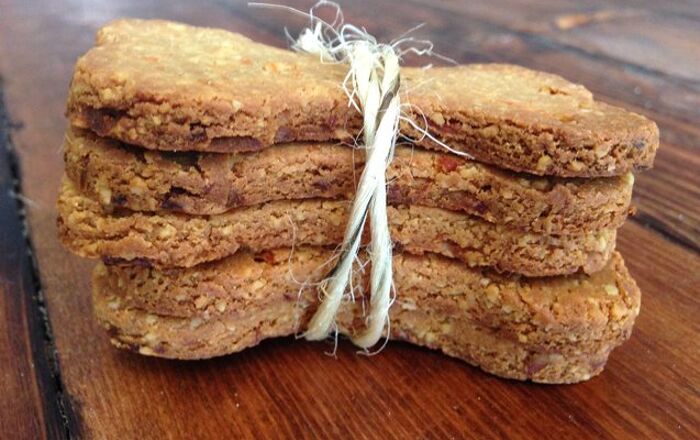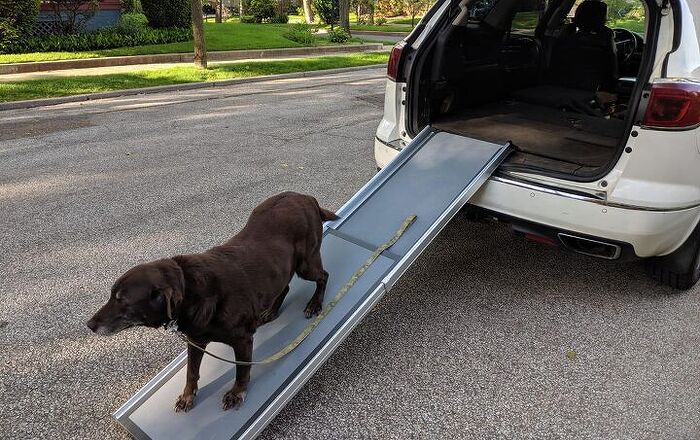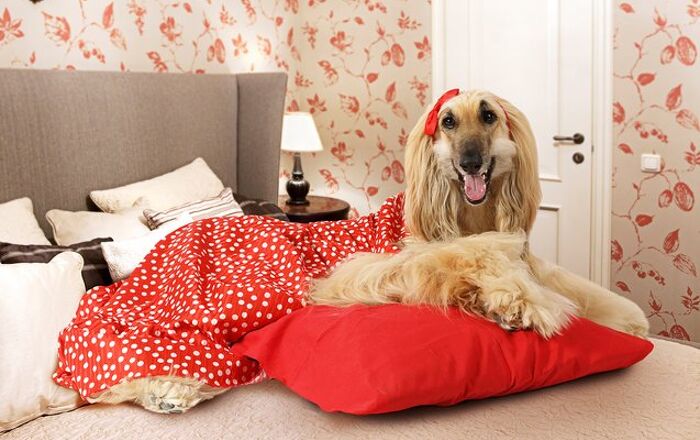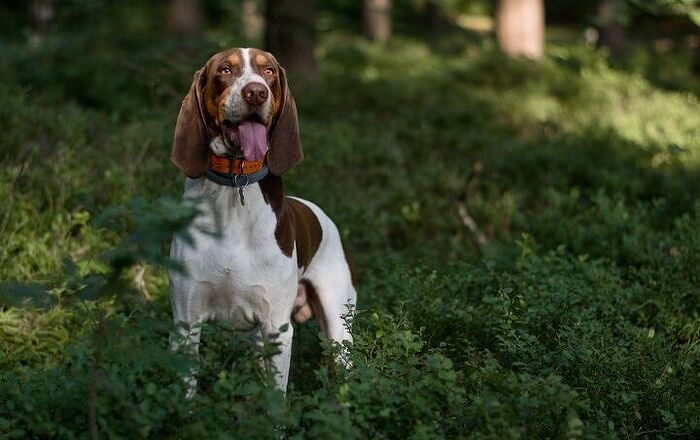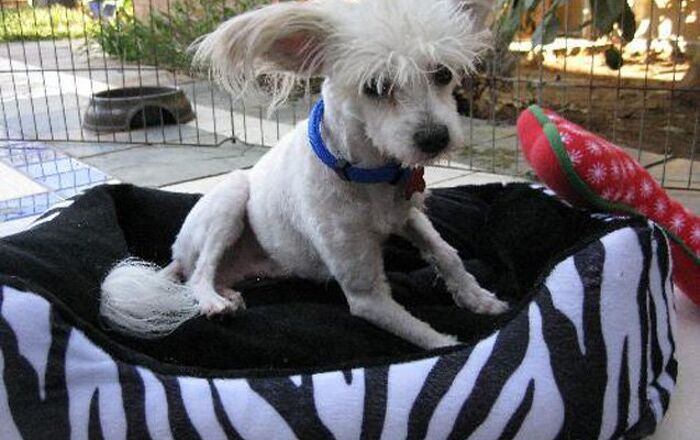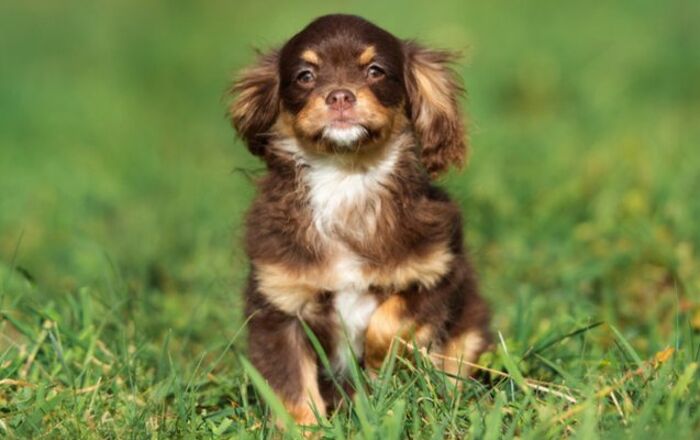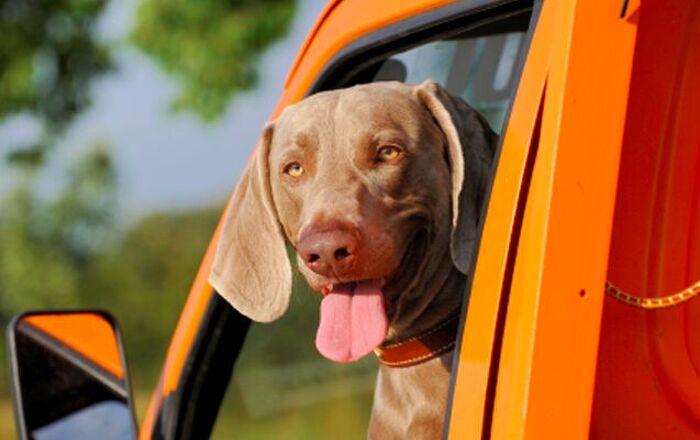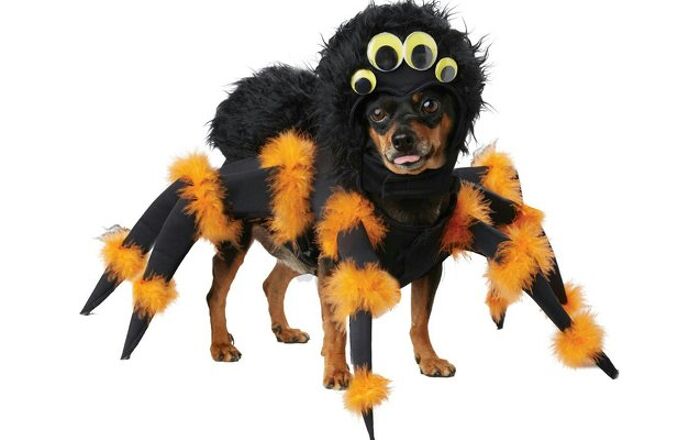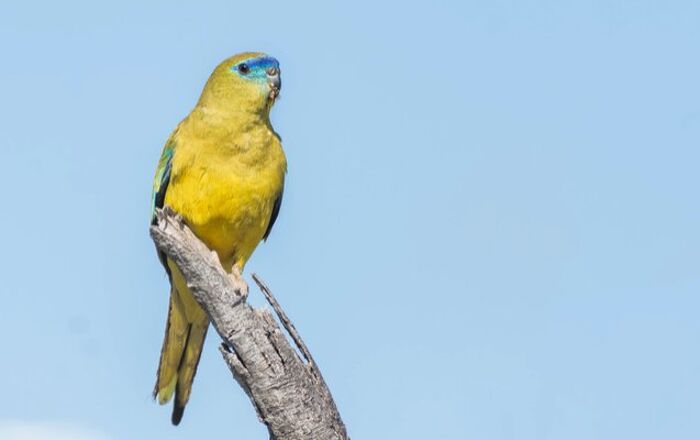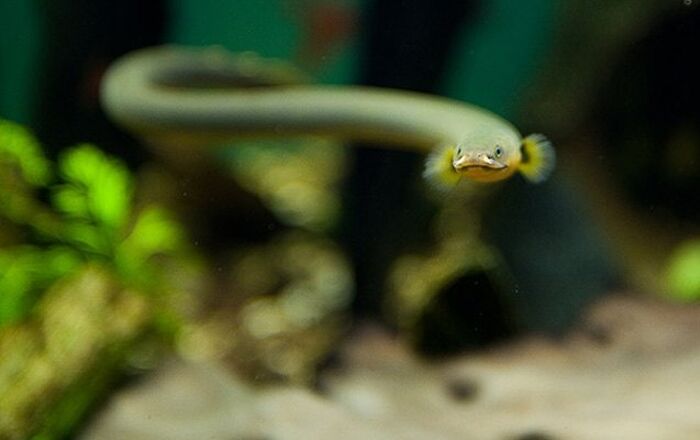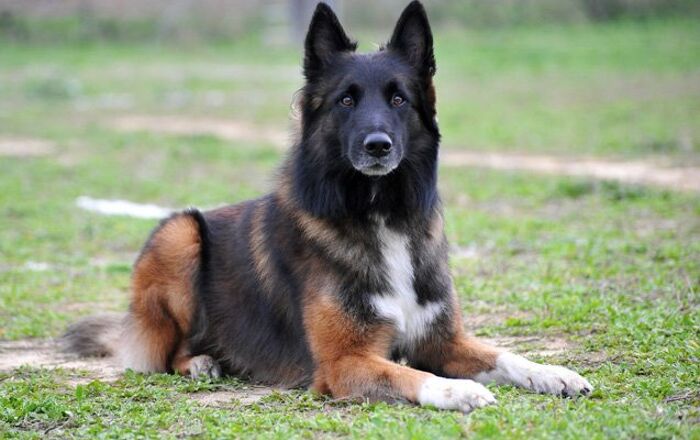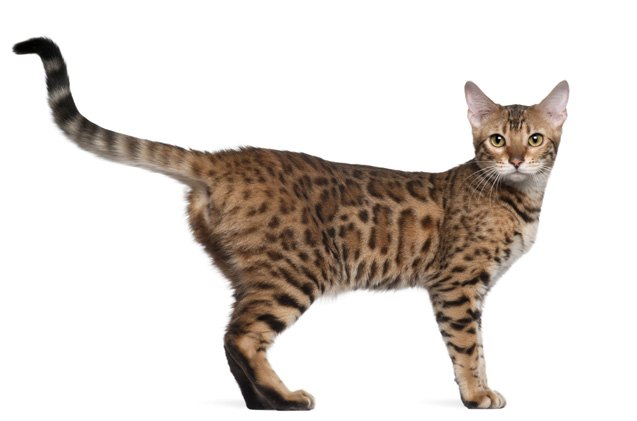
Bengal Breed History
The Bengal breed originated in 1963 and was produced from crossing a male domestic shorthair with a female Asian Leopard Cat. In the first litter, the males were sterile. The fertile females were again crossed with a domestic shorthair, and produced kittens with spotted coats. In succeeding generations, careful effort has been made to preserve the breed’s wild appearance while cultivating the good nature of a domestic cat. To be considered a true domestic Bengal, the cats must be four generations from the wild.
The highly intelligent Bengal forms close and strong bonds with their humans, seeking attention and placing themselves in the middle of all family activities.
Breed Traits
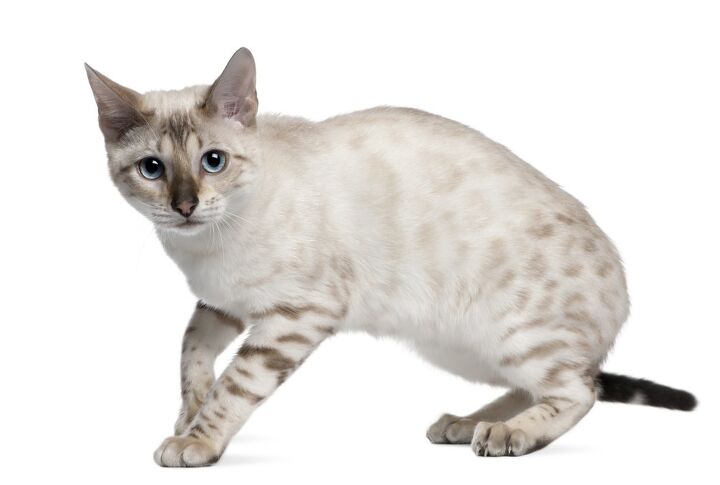
The highly intelligent Bengal forms close and strong bonds with their humans, seeking attention and placing themselves in the middle of all family activities. These are action-oriented cats who excel at running and leaping. They are fantastic jumpers and climbers, and their antics carry a degree of good-humored mischievousness. A Bengal will not be ignored, to the point of being demanding if you try. The breed is so loving, however, that a Bengal is rarely annoying. Sometimes described as “dog like,” you can easily train a Bengal to shake hands, fetch, and even walk on a leash. Unlike many other breeds, the Bengal loves water, scooping out puddles from their dishes to play. They do well with other animals, and are fantastic family pets.
Overall Description
Bengals are muscular, sleek, medium-sized cats with a “glitter” gene that makes their spotted and striped coats shimmer in direct sunlight. The “wild” appearance of the breed is one of its major drawing cards, but these cats are extremely domesticated and have a well-balanced and amiable personality. They stand slightly higher at the hind quarters, and carry their thick tails at a low angle. The rounded head is more long than side, and the broad nose sits above a full muzzle with a pronounced whisker pad. The small ears have round tips and point forward.
Colors
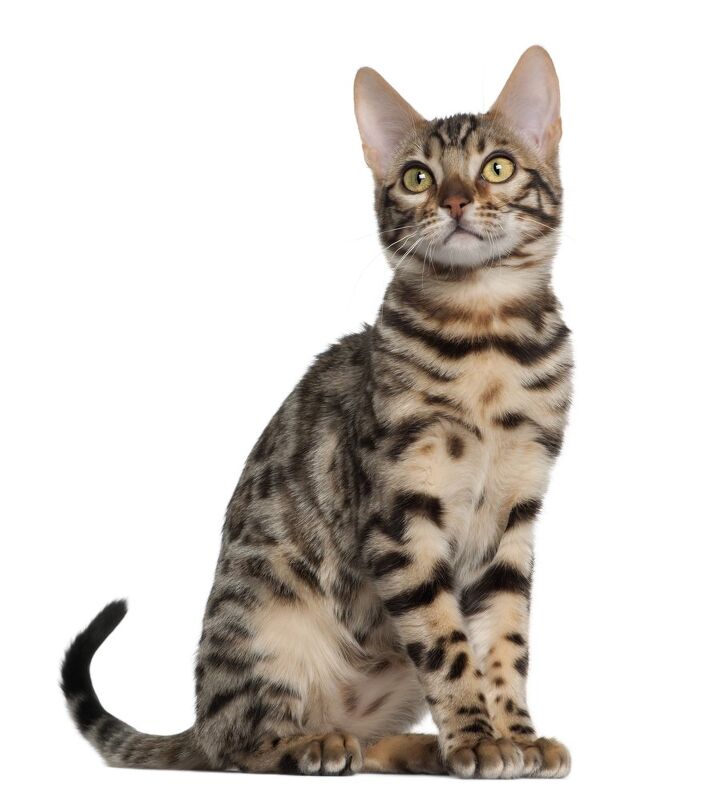
Complex color and pattern configurations distinguish the Bengal breed. They exhibit leopard-like spots, rosettes, and marbling. Colors include brown, sorrel, seal-lynx, silver, and pearly white with many subtle variations. Their markings can be brown, black, or gradations of gray. All patterning should be symmetrical on both sides of the body and should swirl and flow with the natural appearance of the musculature. The tails are dark tipped, and the paw pads are also black to dark in color.
Grooming Requirements
The Bengal’s coat is short and thick with a soft and luxurious feel when stroked. The breed is wonderfully low maintenance, needing nothing more than a weekly brushing to remove loose hair, and perhaps a good rub down with a chamois leather to help distribute the coat’s natural oils. Should a bath be required, be prepared to get wet. Bengal’s love water and they think bath time equals play time!
Photo credit: Eric Isselee/Shutterstock

